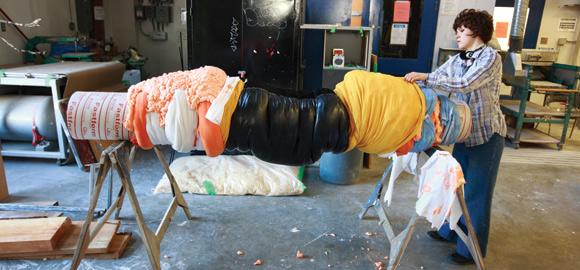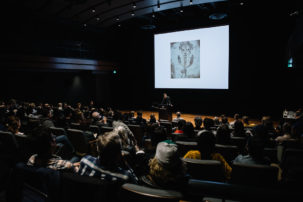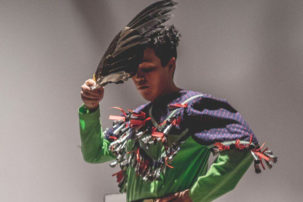Sculpture and installation students learn almost everything there is to know about physical construction—but what about constructing a career in this field? Here’s some principles to keep in mind.
Use the tools at hand
Sculpture and installation programs will give you access to specialized equipment and expensive manufacturing tools that might be hard to find after you graduate. Graduates from across the country said that experimenting with new techniques and technologies was a key part of their art-school experience and an important way to prepare for an art practice after university.
Take your work public
In many programs, students are required to exhibit their final projects at university galleries or local artist-run centres. Graduates leave school with first-hand experience in mounting a show as well as an important accomplishment to include on their resumes.
Gain real-world experience
Many sculpture and design programs now offer work-study or internship placements that allow you to gain career experience while also receiving credit for your studies. These opportunities allow you to make new contacts and meet colleagues, and can help you find work after you graduate.
Be a multitasker
Use your time at art school not only to hone your sculpture and design work, but also to practice the skills that will make you employable in the future. Being able to write project proposals, to collaborate with others and to speak confidently about your work are important skills for any career path.

 Emily Carr student Jasmine Reimer works on her graduate project in the university’s studios / photo Jeff Vinnick, ECUAD.
Emily Carr student Jasmine Reimer works on her graduate project in the university’s studios / photo Jeff Vinnick, ECUAD.







